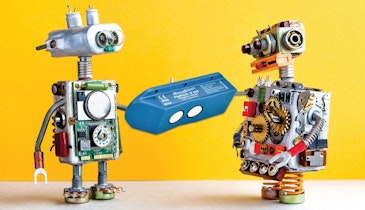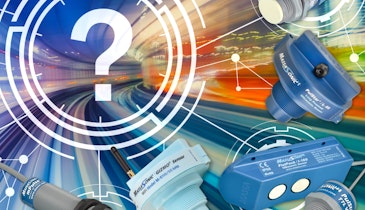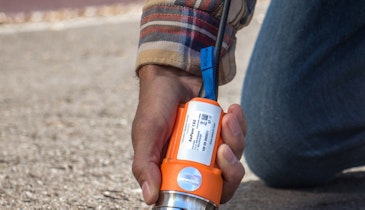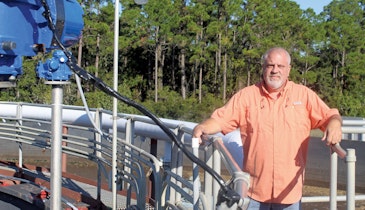
In order to reliably measure water flow within a complex sewer system, it is often necessary to accurately measure the level of the water as it flows in and out of the many manholes through the pipes within the system.
Ultrasonic noncontact distance measurement technology is the most accurate and cost-effective method for measuring the water level within pipes, because the ranges of the distance to be measured are very short due to the small diameters of the pipes. However, most ultrasonic sensors have two major problems performing the measurements in the operating environment of a sewer.
The first problem is that the sensors typically have a minimum measuring range of 4 inches or longer, and they are also usually several inches thick. The second problem is that most ultrasonic sensors utilize transducers with very narrow radiation patterns that are typically around 10 degrees.
Ultrasonic sensors can be properly designed to overcome these problems and provide the accurate liquid level measurements required in sewer applications. To accomplish this, the mechanical design of the sensor must be very thin so that when mounted in a pipe, the transducers will be as close to the top as possible. In addition, the sensors should also contain two transducers: one for transmitting the ultrasonic sound pulse when it is driven by a large voltage, and the other to receive the echo reflected from the surface of the water.
A successful water flow study conducted in the MetroWest suburbs of Boston showed how a thin ultrasonic sensor with a dual broad-beam transducer, such as the MassaSonic FlatPack, can effectively provide the required level detection in the pipes of a sewer system to enable reliable and accurate flow measurements.
For more information, visit www.massa.com, email sensors@massa.com or call 781–749–4800.
The full white paper can be downloaded here:
Download White Paper




